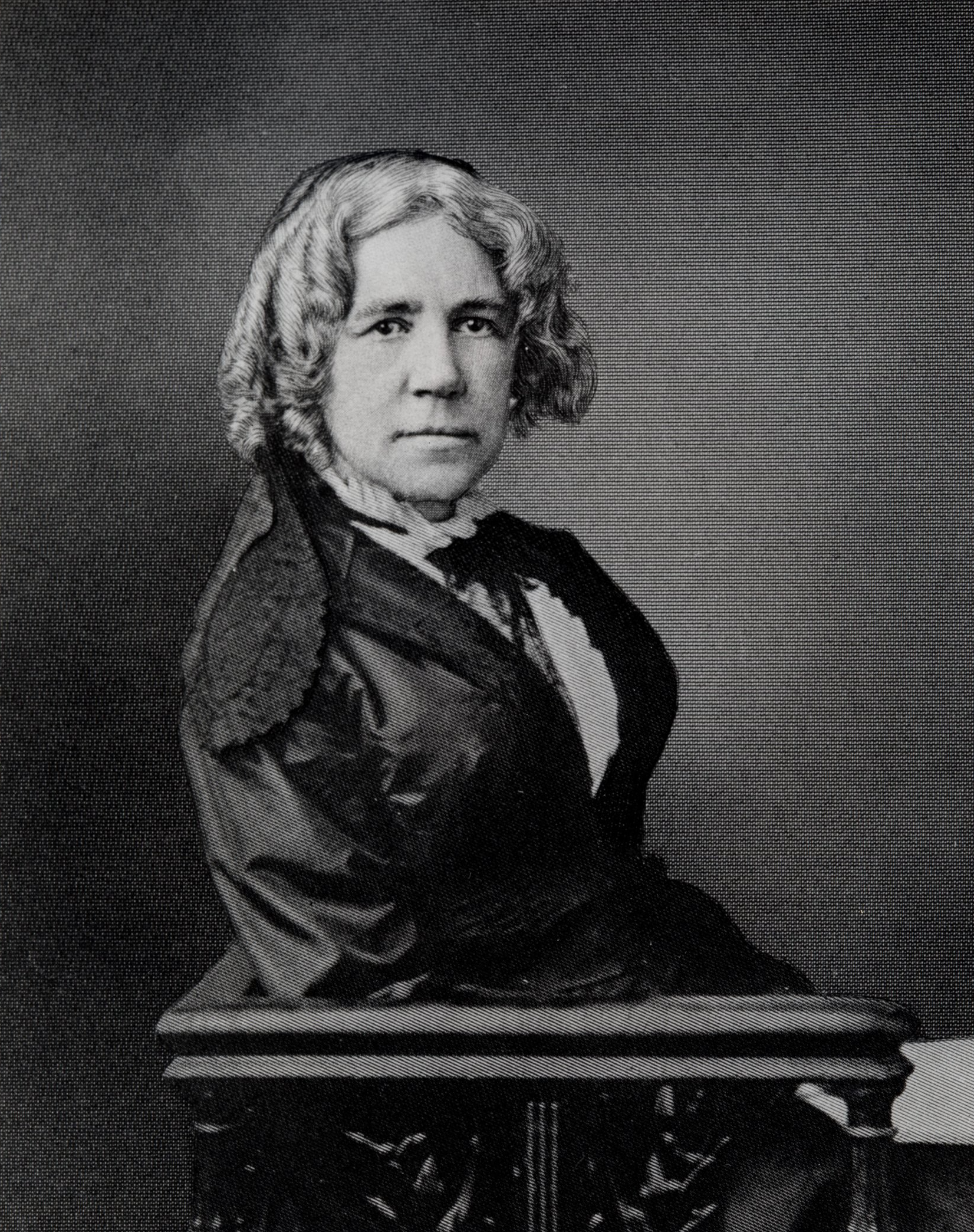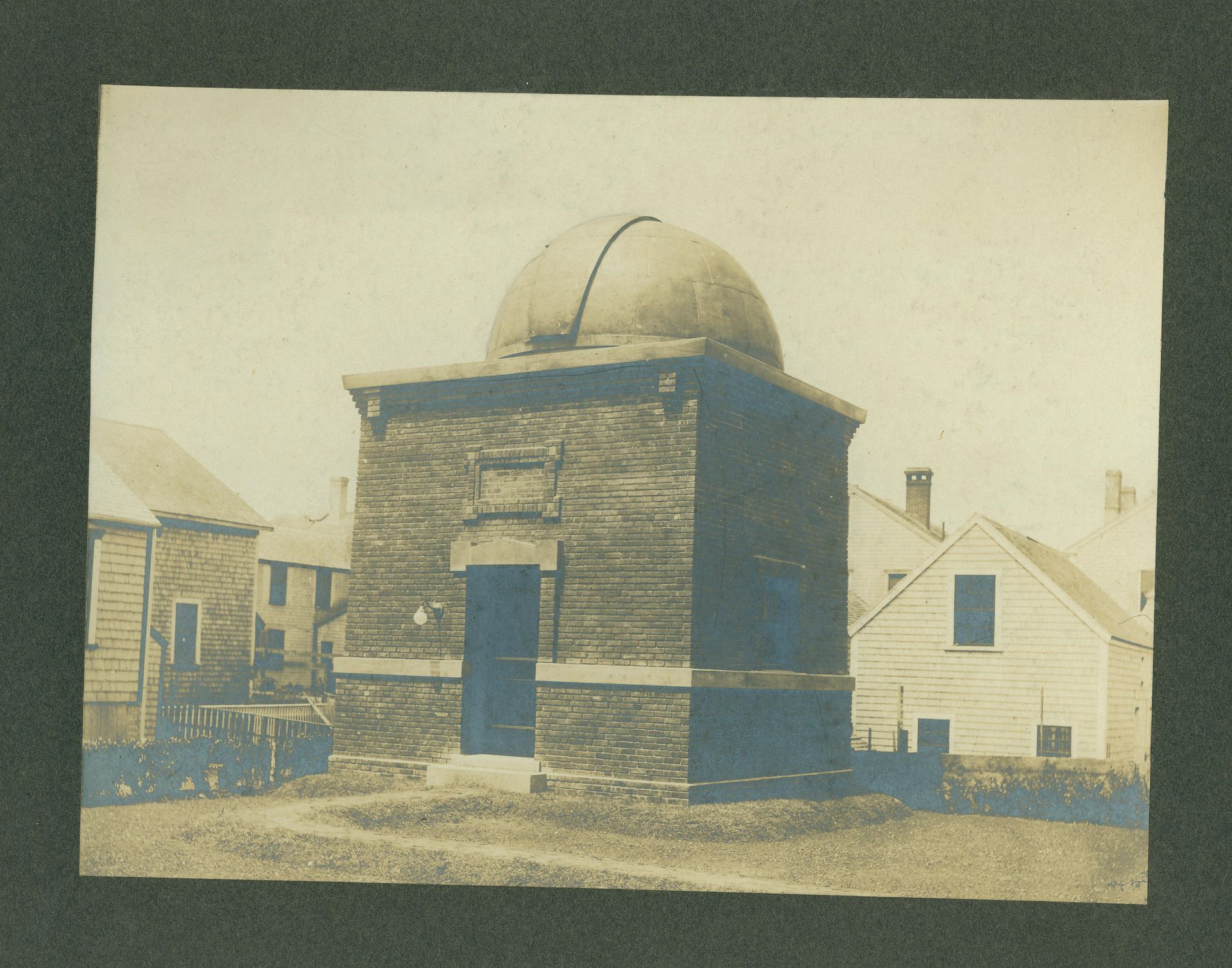Petticoat Row, Cent Shops, and Working Women on Nantucket in the Nineteenth Century
In honor of Women’s History Month, I wanted to focus a bit on the working women of Nantucket in the nineteenth century. (This is a bit of a longer blog.) Women on island worked well before this time, but this time will be familiar to some especially the “Petticoat Row” moniker. What I have written here is adapted from my research, master’s thesis, and book.
In the nineteenth century, much of Centre Street between Main and Broad Streets on Nantucket became known as “Petticoat Row” because many of the businesses were owned and run by women. Women ran these businesses not only to support their families while their husbands were away at sea, but to be prepared for the possibility of an unsuccessful voyage or the not infrequent case of their spouses being lost at sea.
Within the heavily Quaker-influenced society, women were encouraged to work for a wage, and working women were highly esteemed within the community. They were sometimes harassed by others – usually by men – but the community relied on their shops and the work they did in the small manufactories that developed during the late eighteenth and nineteenth centuries. They were not “feminists,” although they influenced future women’s rights activists, many of those whom, like native Nantucketer Lucretia Coffin Mott, grew up with their mothers running island shops. And like the equality found at Quaker meeting, this public role gave women some leverage and social prestige.
Shops run by women were not only on Centre Street – they could be found throughout town, many run from the front parlors of homes. The women who ran the shops – from storefront or homefront – hired other women to serve as sales clerks, apprentices, and counter help. From dry goods, to confectioneries, to variety stores and grocers, women, rich and poor, managed much of the economy on the island and became known around the world for their independence and good business sense and the fact that they kept the island functioning while most of the men were away at sea. Although women elsewhere in America did work and become involved in their communities, Nantucket women were making decisions and managing finances that not only affected their families directly; they were making decisions that had a direct impact on the island’s economy and its place in the world. Places such as Gloucester and Marblehead, Massachusetts boasted a few female merchants and shopkeepers in the eighteenth century, most of them widows, but they were few in number in comparison to Nantucket and began to disappear in the nineteenth century. Nantucket had a large amount of shops run and/or owned by women – not all could or did advertise so it is hard to determine the exact number. But between shops, home businesses, and shops run from homes, it likely numbered close to one hundred or more.
Found among the newspaper advertisements of shops owned and run by men, there can be located the advertisements of Nantucket’s female owned and run shops.
One advertisement, taken out by Polly Burnell in one of the local papers in February 1823, lists the goods that she had recently taken receipt of from the sloops Experiment and Enterprise. These items included “Broadcloths, Scotch Plaids, Satins, Domestic goods of all kinds, Ready made Clothes, Beds, and live geese feathers” all of which “will be sold for cheap for cash, or exchanged for Sperm candles & oil.” The candles and oil were just as good as cash for Burnell and other shopkeepers – they could be sold or exchanged for other goods to be marketed in their shops.
Some of the women known as successful merchants and shop owners were: Mary Nye, who decided after spending time on board a whaleship with her husband and giving birth to several children at sea that remaining at home was a better choice for her; Rachel Easton; Abby Betts; Anna Folger Coffin, the mother of Lucretia Coffin Mott; Eunice Paddock, and Mary P. and Sarah Swain. Some of the women traveled off-island to stock their shops while others relied on family and friends with sloops who could sell them goods upon arrival on the island. Some invested in whaling ships, receiving a portion of the proceeds from the sale of oil when the ships returned. Other women had large shops with diverse and extensive amounts of inventory. One woman, who was in business for over thirty years, was said to have a shop with an inventory valued at $1,200.00 on Old North Wharf. One must also take into account that the wharves were a dirty, dangerous, and messy place. She was not mixing with the easiest of company yet she managed a successful business, there, for over thirty years!
Not all women shopkeepers likely had the funds or the goods to run a large downtown shop or to advertise. The smaller shops (noted above), run out of the home, relied upon selling goods to neighbors, friends, and relatives and advertising by word of mouth. A then elderly woman born in 1848 on Nantucket, Deborah Coffin Hussey Adams, recounted her childhood on the island in a handmade cloth book she made for her granddaughter. In it she stated that, “we would buy tea biscuits and wonders (doughnuts) from some widow who used her ‘front room’ for a shop and had a bell over the front door that called her from the kitchen for a customer.”
In her memory book, Hussey Adams further recounted that there were women’s “‘cent shops’ all over town” which were often found in the front rooms of houses and that:
Most of the men followed the sea going on long voyages of two and three years. They left the women to manage affairs at home. And well they did it, too. Nantucket was a “woman’s suffrage” town long before suffrage as a political issue was thought of and a notable race of women was bred there.
These women seem to have made a lasting impression on this young girl, as well as the author of the poem, which leads one to surmise that such an impression would serve as an influence and example for young girls when they became women. Nantucket was the home to many women who went on to serve as scientists, educators, ministers, and women’s rights advocates on the national and international stage and it was the women of Nantucket who served as their examples and as the inspirations for what these girls could do and become.
JNLF
Recent Posts




